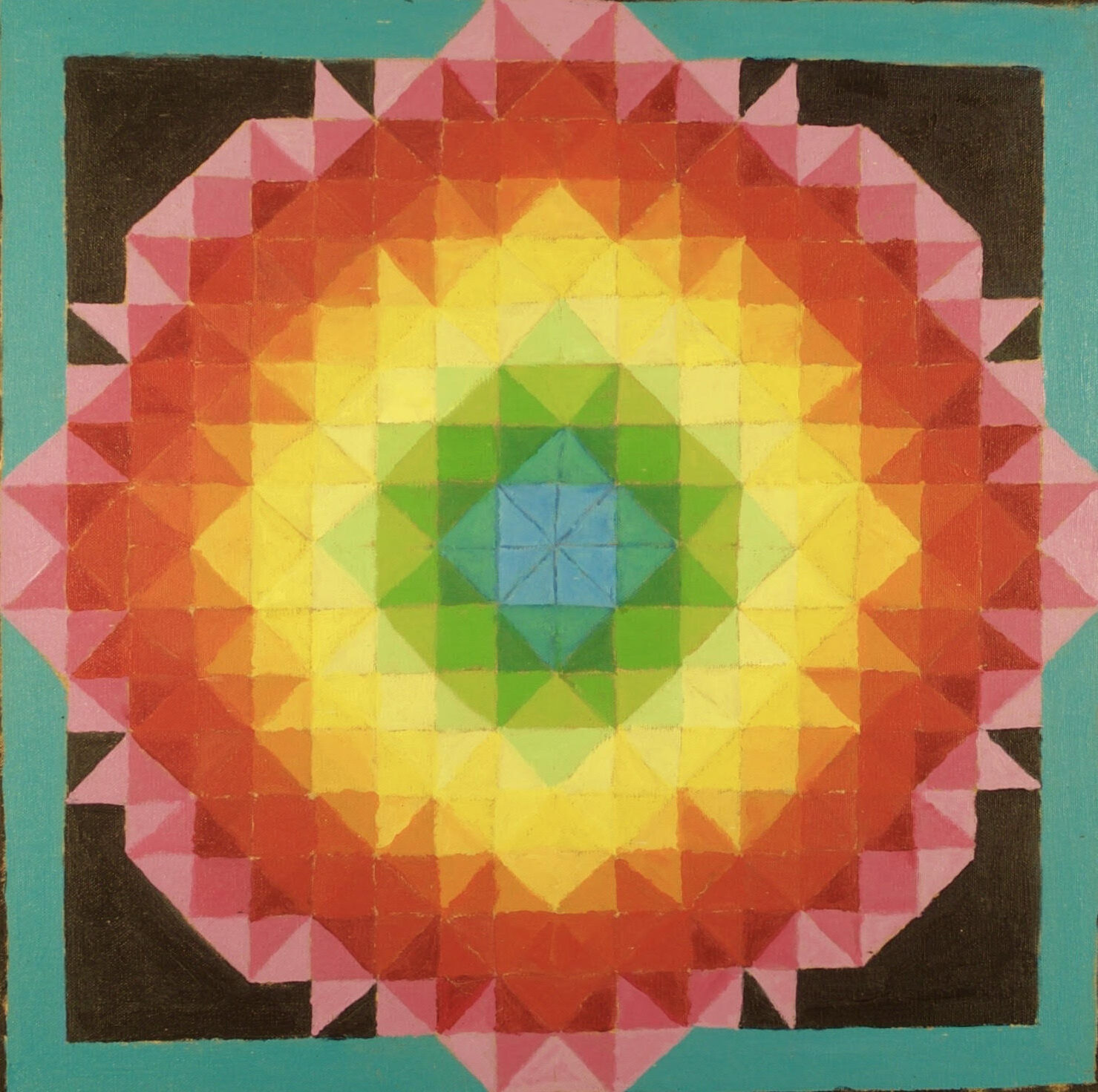The Pyramids of Giza have long been an enigma to anyone who studies them or has been to Egypt. These massive stone buildings demonstrate brilliant geometry and breathtaking art. Nine pyramids appear to be frozen in time. Could this site represent atomic particles in perpetual motion? Could the ancient Egyptians have known about atomic motion? If so, what bravado the Egyptians must have had to take the smallest particles in the universe and immortalize them in the largest and least understood monuments ever built! Nearly four thousand years went by before mankind built something taller than the Great Pyramid of Khufu. Here is what twentieth century physicist Richard Feynman had to say:
Feynman's Question
“If, in some cataclysm, all of scientific knowledge were to be destroyed, and only one sentence passed on to the next generations of creatures, what statement would contain the most information in the fewest words?
FEYNMAN'S ANSWER
“I believe it is the atomic hypothesis (or the atomic fact, or whatever you wish to call it) that all things are made of atoms — little particles that move around in perpetual motion, attracting each other when they are a little distance apart, but repelling upon being squeezed into one another. In that one sentence, you will see, there is an enormous amount of information about the world, if just a little imagination and thinking are applied.”
…Richard P. Feynman, “Atoms in Motion”, The Feynman Lectures on Physics, 1964
“the greatest discovery of the century, if not all time.”
This high speed motion in the cosmos may be the greatest discovery of all time but Hawking wasn’t talking about the discovery of our whole galaxy moving through space at 600 kilometres per second (2.2 million km/h or a million and a quarter miles an hour). No, he was interested in proving the big bang theory, the holy grail of science, to be true. The discovery of the fabric of space and the data from the WMAP project has been a wealth of information but still no one is considering including this colossal motion, a speed so fast you could go from downtown Vancouver to downtown Winnipeg, half way across Canada in three seconds flat. This could be the biggest ‘miss’ in the history of science. It is this very motion of 2.2 million kilometres per hour that puts the fire in the equations of the physicists, a direction to the future of the cosmos, and most importantly, a yet unconsidered and likely unlimited free energy source to power the world!Setting the Stage
I intend to show through video animations that the universe is a wave of particles rippling through space at high velocity; that this plane wave acts in a manner consistent with quantum mechanics and is the ultimate reality that makes the universe work the way we perceive it.
I will examine the Ancient Egyptian mythology for clues to support the view that the universe is eternally old and that we humans have already explored, conquered and colonized our newly found home supercluster called Laniakea.




